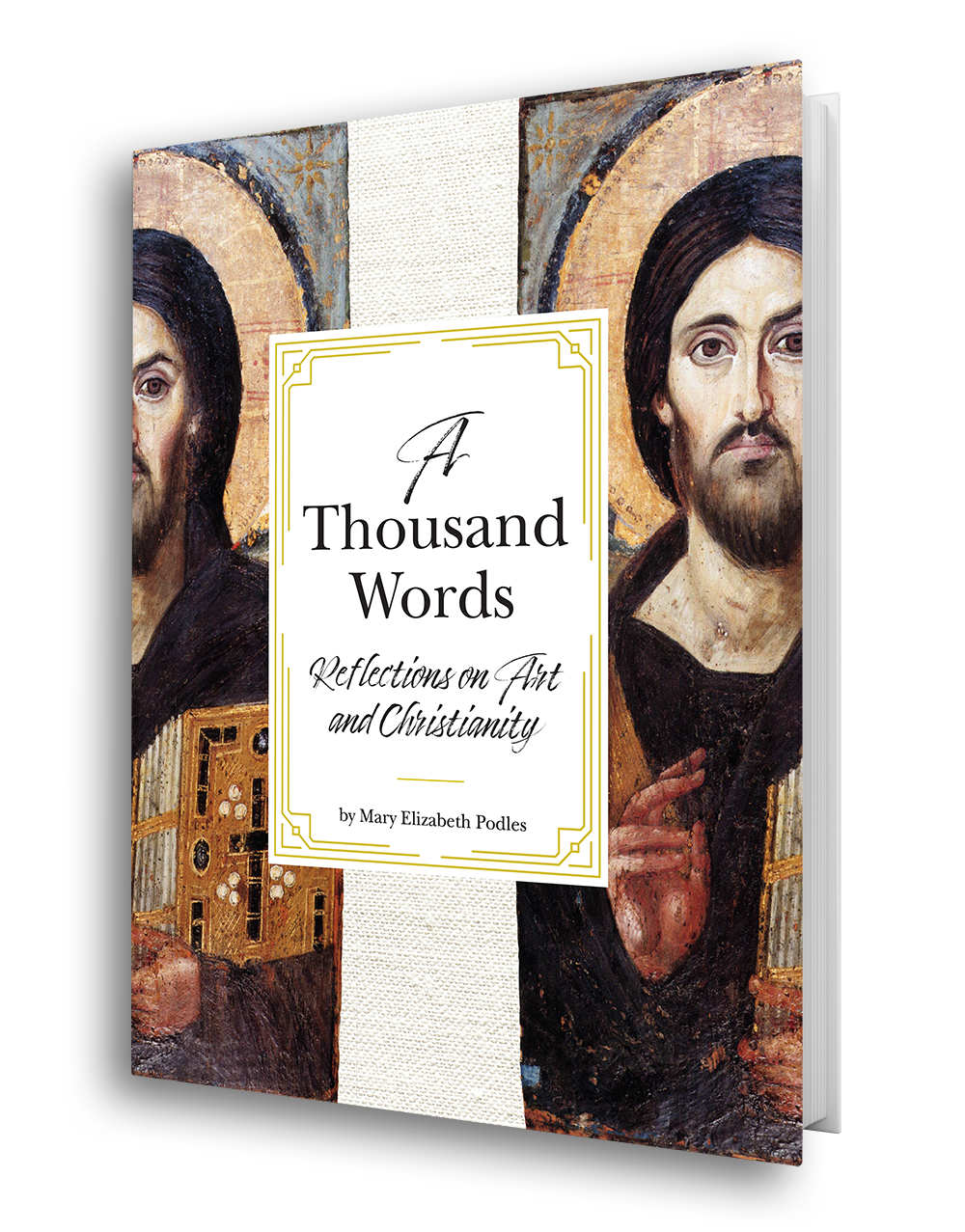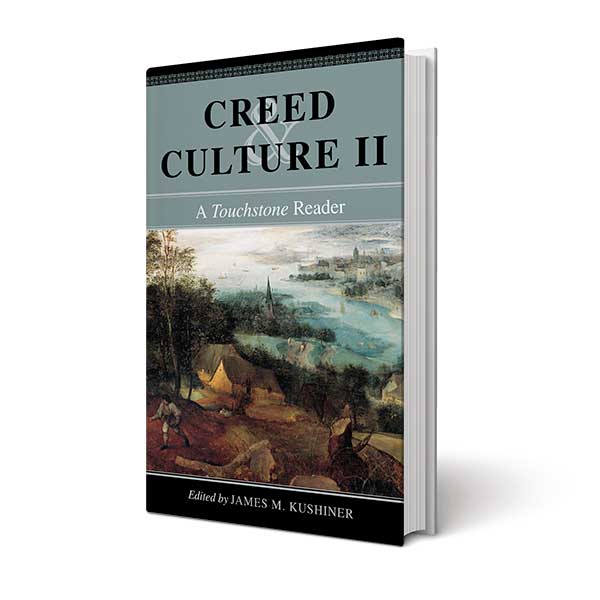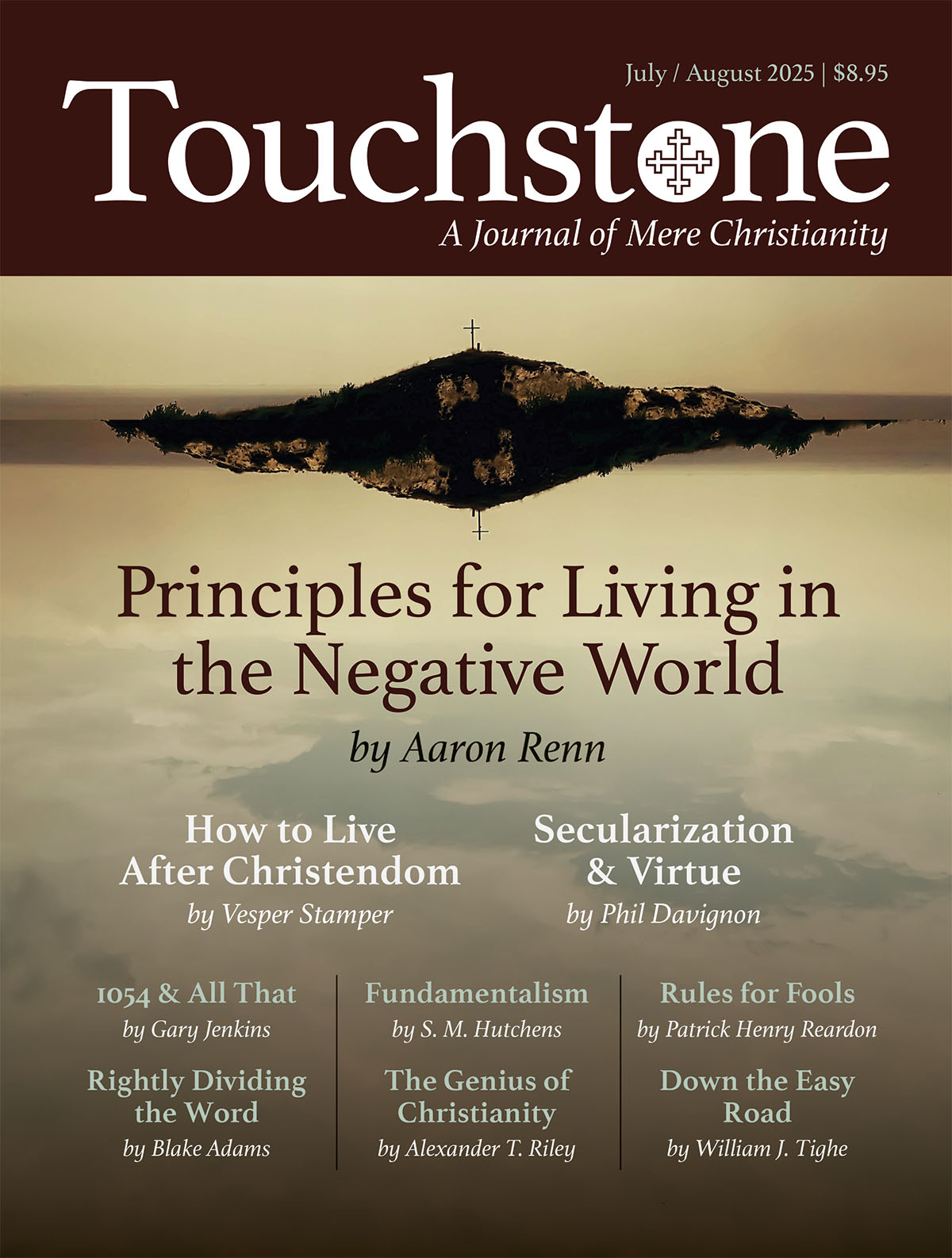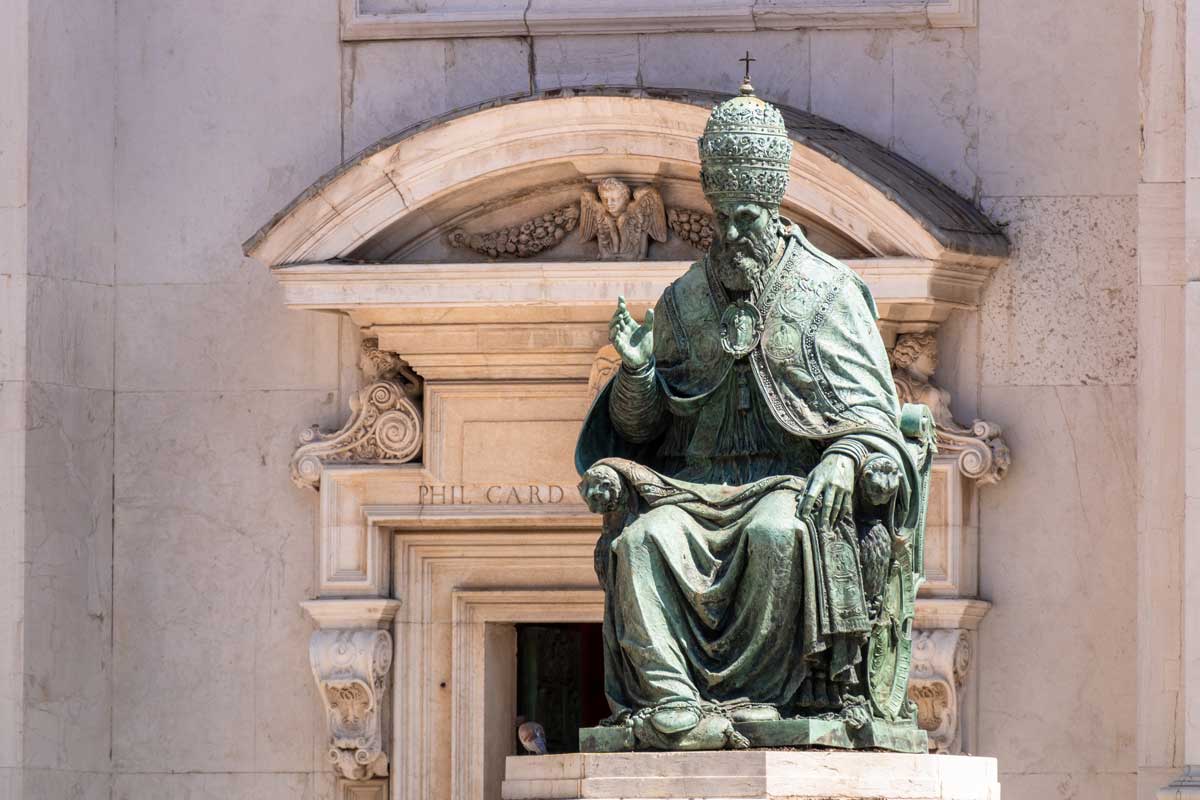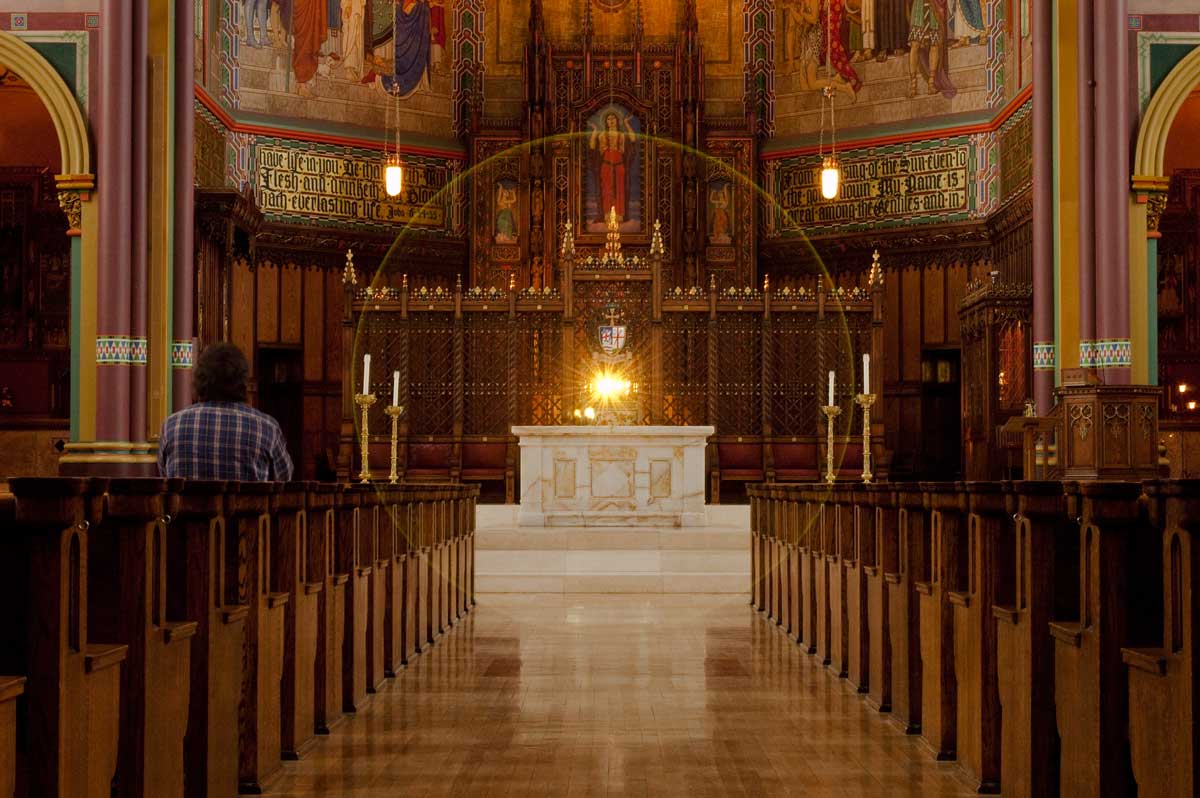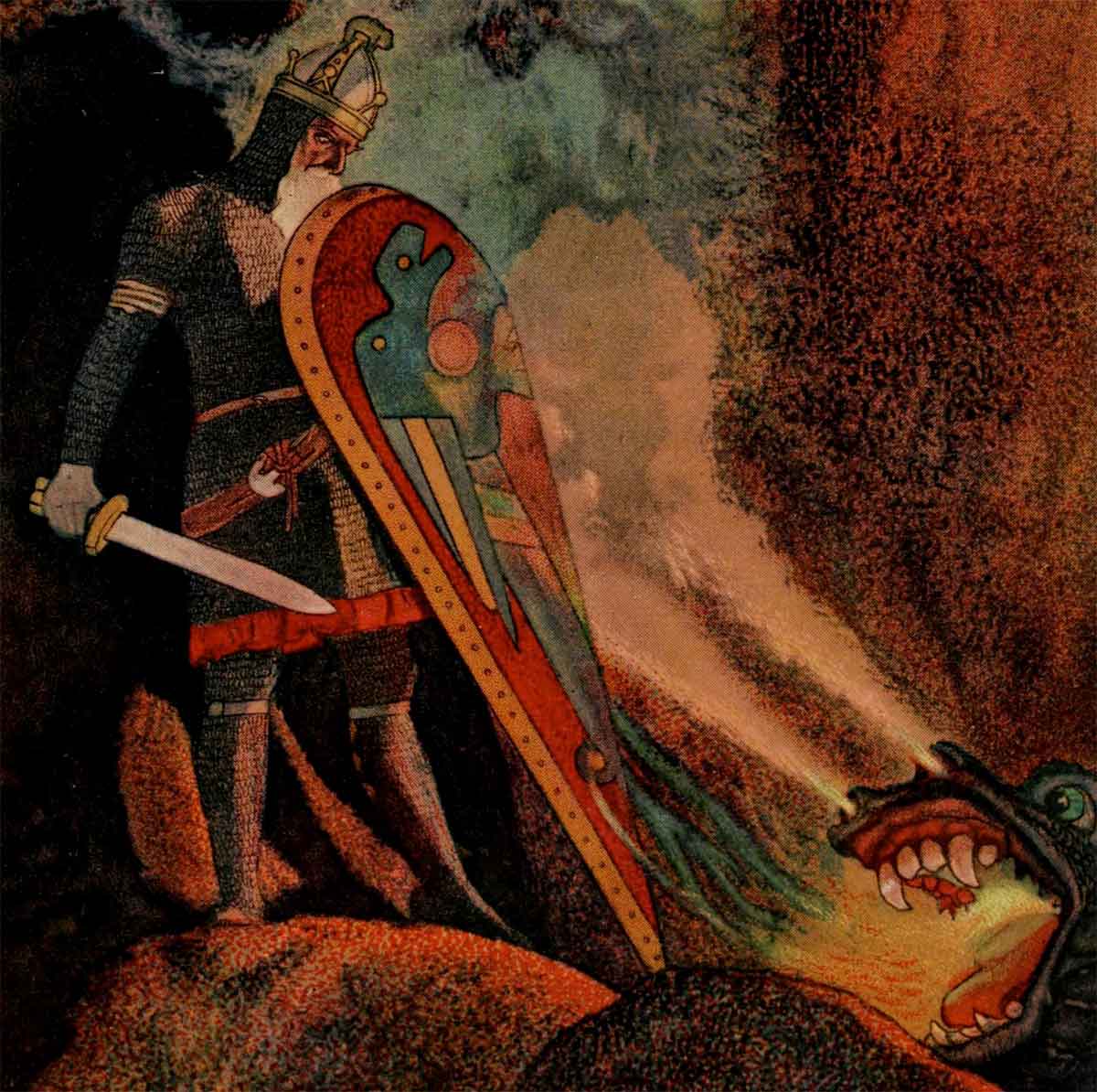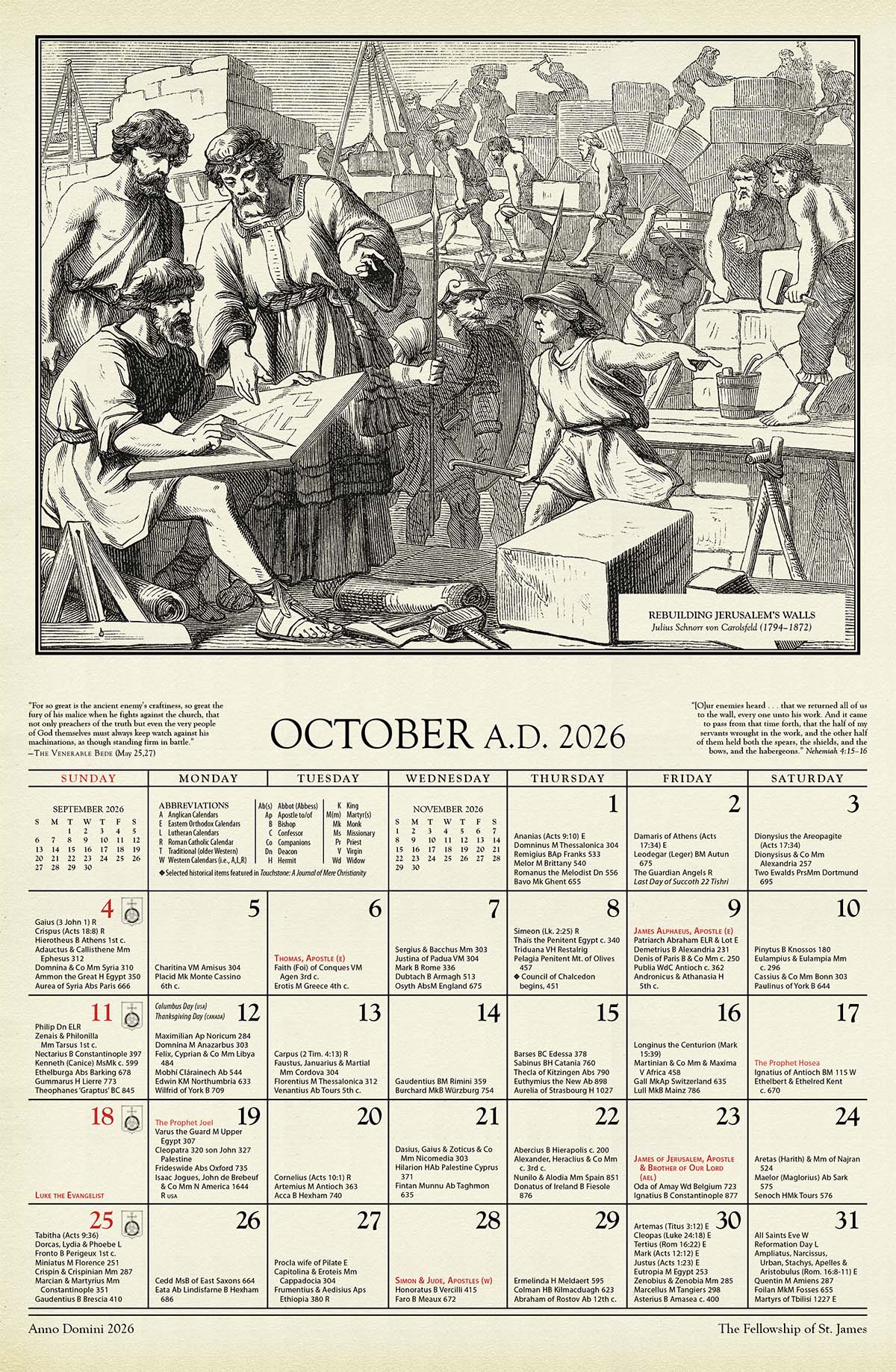Down the Easy Road
My first Touchstone contribution was a little piece in the May/June 1998 issue (11:3) entitled “The New Terrorism.” It related how Erich Ickelsheimer, the Old Catholic parish priest of Klagenfurt, Austria, was stigmatized as a “conscience terrorist.”
The Austrian Old Catholic Church was then debating the ordination of women to the priesthood, and in the course of that debate, Fr. Ickelsheimer observed that the ordination of women would constitute an affront to the consciences of those who, like himself, held firm to the foundational beliefs of the Old Catholic churches as held in common by the Eastern (Orthodox) and Western (Catholic) churches in the first millennium, before their separation. The most outspoken proponent of women’s ordination, Dr. Elfriede Kreuzeder (1927–2013), subsequently the first woman ordained to the priesthood in the Austrian Old Catholic Church, responded by coining the term “conscience terrorist” to characterize her opponent. The idea was of someone invoking his conscience to “terrorize” those promoting changes in church beliefs and practices, disagreement or resistance being equated with psychological terrorism.
History & Alliances
The Old Catholics constitute a small communion of churches, numbering today perhaps 50,000–60,000 members worldwide, which originated as a schism within the Catholic Church in the Netherlands in the eighteenth century. For well over a century thereafter its bishops claimed to be good, orthodox Roman Catholics, despite the papacy excommunicating each successive bishop when consecrated to that office. But when the First Vatican Council in 1870 promulgated the dogmas of papal infallibility and universal jurisdiction, the Old Catholic bishops concluded that the papacy had embraced error and thereby forfeited its authority.
From 1870 onwards, these bishops assisted in the foundation of “Old Catholic” churches in Germany, Switzerland, Austria, and what is today the Czech Republic; in 1898 they did likewise for the Polish National Catholic Church in the United States and Canada (PNCC), itself the product of ethnic resentments and disputes over the ownership of church property, rather than of dogmatic disputes. In the 1920s the PNCC extended itself to Poland, but, a quarter-century later, under Communist rule, it was forcibly separated from its mother church and took the name of the Polish-Catholic Church in the Republic of Poland.
Because the See of Utrecht had been the center of the schismatic Old Roman Catholic Church of the Netherlands (which long remained its legal name, even after the events of the 1870s), its archbishop of Utrecht became the primate of the “Union of Utrecht” Old Catholic communion when it was organized in the 1880s, with a symbolic authority similar to that of the archbishop of Canterbury in the Anglican Communion. As the name “Old Catholic” indicates, the aim of the new communion was to return to the “Catholic faith of the first millennium,” and from its beginning there was much interest in the Old Catholics among leading figures in Orthodox churches, especially among the Russians, who offered them sympathy, publicity, and sometimes support.
There was also strong interest in the Old Catholics among Anglicans, especially British Anglicans, some of whom initially viewed Old Catholicism as the beginning of a “new Reformation” among Catholics, while others viewed it as likeminded “non-papal Catholicism.” Indeed, in the early decades of the twentieth century, European Old Catholics came in great measure to view themselves as a bridge between the Orthodox and the Anglicans, with a strong interest in facilitating an eventual reunion of them all.
Most Old Catholic churches quickly recognized the “Catholic validity” of Anglican Holy Orders (although the Dutch held out until 1925) and ordinations (a recognition formally denied to Anglicans by the papacy in 1896 and never accorded by the Orthodox churches). Due to a concatenation of theological, social, and political factors, “collegial” relations between Old Catholics and Anglicans advanced much more quickly than between the Old Catholics and the Orthodox, with the result that, beginning in 1931, the Old Catholic churches came to “intercommunion,” or reciprocal sacrament-sharing agreements, with most Anglican churches.
Divisions over “Development”
From the 1930s through the 1960s the Old Catholics cultivated close relations with Anglican and Orthodox churches, and a good number of useful theological conferences, exchanges, and publications, as well as a deepening of personal contacts, ensued. But the strong liberalizing movement that set in among Anglican churches from the mid-1960s on, centering around, although not limited to, the question of women’s ordination (for it inevitably came to involve all aspects of church teaching on sexuality and sexual morality), caused strong tensions to surface, especially between Anglicans and Orthodox. The former, in their separate church provinces, moved at different speeds but ultimately unstoppably to accept the new “development,” while the Orthodox (except for some European Orthodox academic theologians, mostly Greeks) were firm and unrelenting, if sometimes too low-key, in their opposition to it.
The Old Catholics were initially almost unanimously opposed at the episcopal level to women’s ordination—unless, as a meeting of the Old Catholic bishops in 1978 opined, an “ecumenical council” consisting of bishops of the Roman Catholic, Orthodox, Anglican, and Old Catholic churches should approve of the new “development.” But they were unwilling to “add to church divisions” by breaking communion with those Anglican churches that had begun to ordain women, and it was this well-meaning failure to act decisively (as I see it, and as will be explained below) that brought about “the fall of the Union of Utrecht.”
An additional factor in this process, to which I can make only a passing allusion, was the influx of a steady trickle of Roman Catholic priests into Old Catholic churches throughout this whole period. Some of these incomers made the switch only in order to get married, but many did so out of liberalizing or modernistic theological convictions, which added a penchant for a kind of “new Catholicism” or “alternative Catholicism” to the Old Catholic mix.
Of the Union of Utrecht’s member churches, only the PNCC took the decisive and necessary action of breaking communion, one by one, with those Anglican churches that embraced the new “development.” Beginning in 1996, when some Union churches also started ordaining women to the priesthood, the PNCC took the same response toward them. This resulted in 2003 in the expulsion of the PNCC by a majority vote of the Union’s bishops, who by this time had changed their minds on the issue of women’s ordination.
The peculiar interest of this sad story of change and decay lies in its exemplification of what a friend of mine decades ago termed the “heresy of nice,” that is, of how a desire to be soft-spoken, winsome, and gentle, qualities often too hastily equated with “Christian conduct,” can produce calamitous consequences. In English parlance, the antonym to “nice” is “nasty,” and it is hard to avoid the conclusion that a kind of “Christian nastiness”—or, better, what Dietrich von Hildebrand termed “the charitable anathema” in his book of that title—is more requisite in such situations than “niceness.” Looked at from that vantage point, the moral of this tale has much more general Christian application than this obscure episode would seem to warrant.
Descent & Demise
To return to the matter in the first paragraph, I followed up my 1998 article with a long and detailed essay titled “Old Catholics, New Doctrines: on the Demise of the Union of Utrecht” in the January/February 1999 Touchstone. This piece discussed the origin and theological stance of the Union of Utrecht Old Catholic churches, their rejection of “the papal dogmas” of the Roman Catholic Church, their aspiration from the 1880s onward to form a bridge between the Anglican and Orthodox churches, and their consternation when Anglican churches began to ordain women beginning in the early 1970s. Already by the time my article was published, it was plain that the Old Catholic churches were unwilling to break the communion they had attained with Anglican churches for the sake of pursuing reunion with the Orthodox, and I predicted that this would be the undoing of their historical Catholic stance both on the ordination question, and also on the acceptance of homosexual pseudogamy (already in 1997 the Austrian Old Catholic synod had voted to endorse the blessing of homosexual “marriages”).
Some months after this article was published, I received an indignant letter from Joachim Vobbe, the German Old Catholic bishop from 1995 to 2009. He berated me for characterizing women’s ordination as “un-Catholic” when only Roman Catholics (he claimed) regarded it as a closed issue, and he especially took exception to my assertion that accepting it would inevitably lead to the acceptance of homosexual practice and “marriage.” Events proved him wrong, but in all fairness I should note here that Bishop Vobbe remained opposed to the “sanctification” of homosexual pseudogamy long after the other European Old Catholic bishops had thrown down their weapons (if they had any to begin with) in that fight.
Twenty-seven years later, this has all come to pass. While the tiny Czech Old Catholic Church does not bless homosexual “marriages,” it does ordain women, and while the tiny Polish-Catholic Church in the Republic of Poland neither ordains women nor blesses homosexual “marriages,” it has been resolute in its refusal to leave the Union of Utrecht over these issues, despite the example of its North American mother church, the PNCC, which was expelled from the Union in 2003 over the women’s ordination issue. All the other Union of Utrecht Old Catholic churches both ordain women and bless homosexual “marriages” with the same rites as used for heterosexual marriages.
The PNCC Stands Alone
In February 2023, the Austrian Old Catholic Church chose a woman, Maria Kubin, a psychotherapist and former Roman Catholic, as its bishop. Seven months later, in September 2023, the Old Catholic archbishop of Utrecht (the primate of the Old Catholic Union), accompanied by other European Old Catholic bishops, consecrated four new bishops for the Polish-Catholic Church, among whom was the retired male predecessor of Bishop Kubin. This act marked and underlined the decision of the Polish-Catholic Church to remain in communion with a group of churches some of whose practices, most notably the ordination of women and the blessing of homosexual pseudogamy, it had itself rejected over the preceding thirty years.
Less than a week after these consecrations, the bishops of the PNCC issued a formal declaration severing communion with the Polish-Catholic Church. The bishops cited “The Road to Unity”—a collection of documents resulting from Old Catholic/Orthodox discussions and published in 1987, in which all parties agreed on the necessity of maintaining both an apostolic succession of bishops and a continuity of apostolic teaching as constitutive elements of the Church—and went on to declare that the bishops of the Union of Utrecht had contravened this agreement “in particular . . . regarding Ordination, with the ordination of women to the priesthood and recently to the episcopacy, and Matrimony, with the blessing of same-sex unions.” The PNCC’s declaration concluded with the statement that, by participating in an episcopal consecration service with those Union of Utrecht bishops, “the leaders of the Polish-Catholic Church in the Republic of Poland have broken their communion with the Polish National Catholic Church in the United States and Canada.”
The following year, in May 2024, Frank Bangerter, a Swiss Old Catholic priest who had long lived openly in a homosexual “partnership,” was elected to be his church’s next bishop. After his election, he responded:
The Christian Catholic Church [the official name of the Swiss Old Catholic body] has two achievements, the ordination of women and marriage for all, which I see as unlimited potential. We can and will express even more that we are an open liberal church in the Catholic tradition. We are close to life, we don’t exclude people who are divorced, we recognize diversity in terms of sexual orientation and lifestyles.
Two Proven Adages
Virgil wrote in his Aeneid (6:126), “facilis descensus Averno”: “the road to Avernus [the underworld] is easy” (with “and the way out is hard” implied), while another Roman, Aulus Gellius, in his Noctes Atticae (12:11:7), recorded the proverb “veritas temporis filia,” “truth is the daughter of time”; that is, only with the passage of time does the truth of things appear. The fate of “Old Catholicism” is an exemplification of the truth of both of these adages.
—Old Catholic news can be found at utrechter-union.org/category/news, which is one of the sources of this report. The declaration of the PNCC bishops appeared in the October 2023 issue of its newspaper, God’s Field, available at pncc.org/wp-content/uploads/2023/10/oct_2023_gods_field_online.pdf
William J. Tighe was Professor of History at Muhlenberg College in Allentown, Pennsylvania, until his retirement in 2024. He is a member of St. Josaphat Ukrainian Catholic Church in Bethlehem, Pennsylvania.He is a senior editor for Touchstone.
Share this article with non-subscribers:
https://www.touchstonemag.com/archives/article.php?id=38-04-015-v&readcode=11257
subscription options
Order
Print/Online Subscription
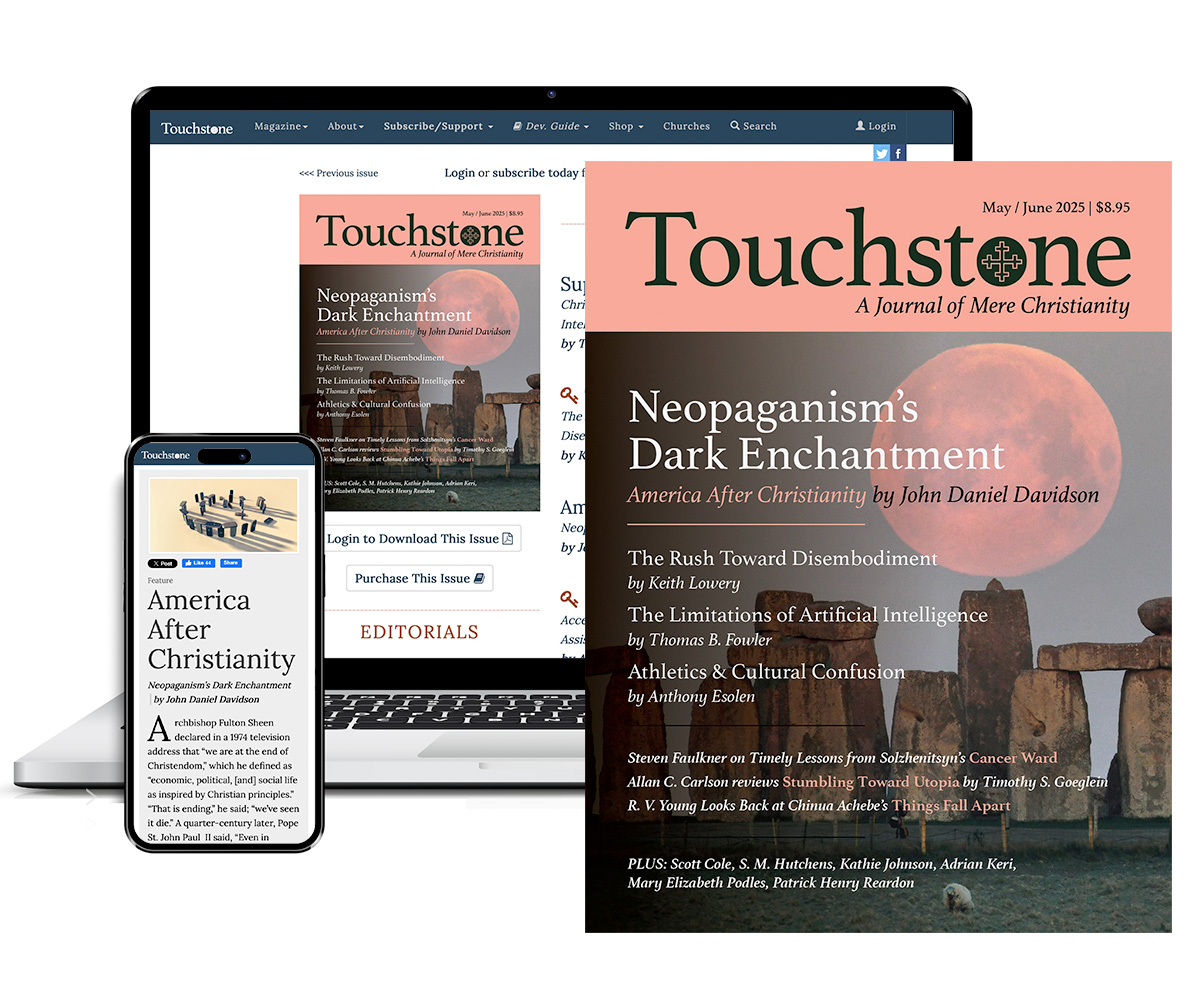
Get six issues (one year) of Touchstone PLUS full online access including pdf downloads for only $39.95. That's only $3.34 per month!
Order
Online Only
Subscription

Get a one-year full-access subscription to the Touchstone online archives for only $19.95. That's only $1.66 per month!
bulk subscriptions
Order Touchstone subscriptions in bulk and save $10 per sub! Each subscription includes 6 issues of Touchstone plus full online access to touchstonemag.com—including archives, videos, and pdf downloads of recent issues for only $29.95 each! Great for churches or study groups.
Transactions will be processed on a secure server.
more on Catholic from the online archives

35.4—Jul/Aug 2022
The Death Rattle of a Tradition
Contemporary Catholic Thinking on the Question of War by Andrew Latham
more from the online archives
calling all readers
Please Donate
"There are magazines worth reading but few worth saving . . . Touchstone is just such a magazine."
—Alice von Hildebrand
"Here we do not concede one square millimeter of territory to falsehood, folly, contemporary sentimentality, or fashion. We speak the truth, and let God be our judge. . . . Touchstone is the one committedly Christian conservative journal."
—Anthony Esolen, Touchstone senior editor



